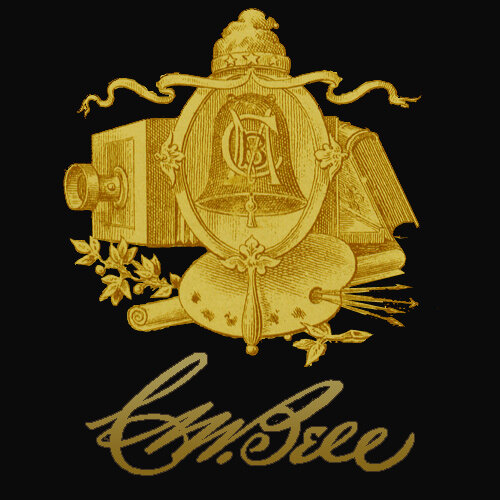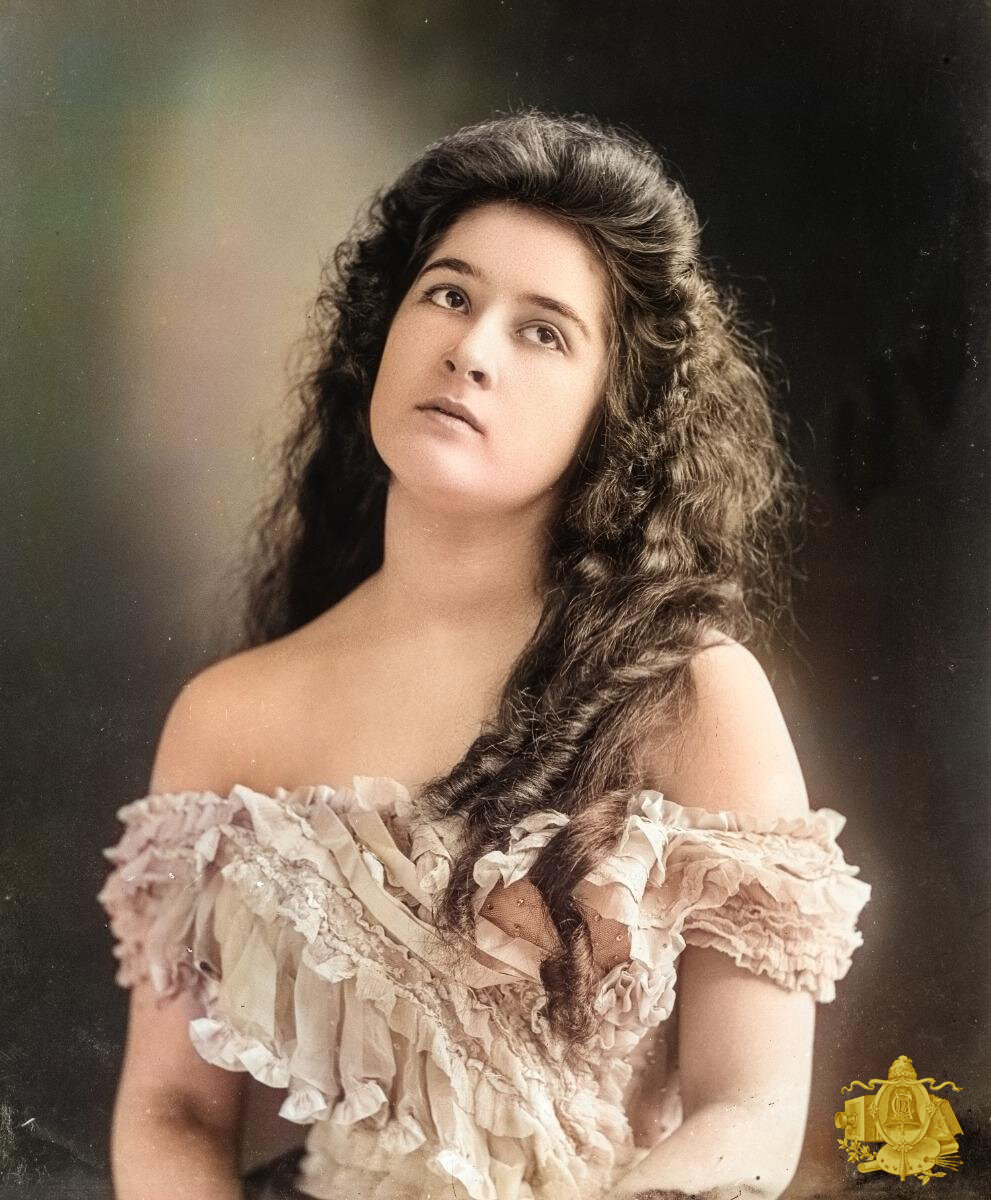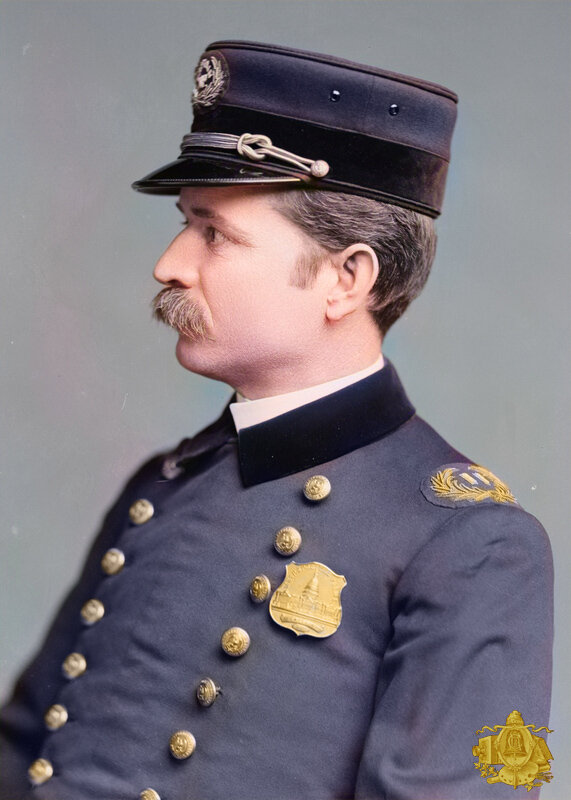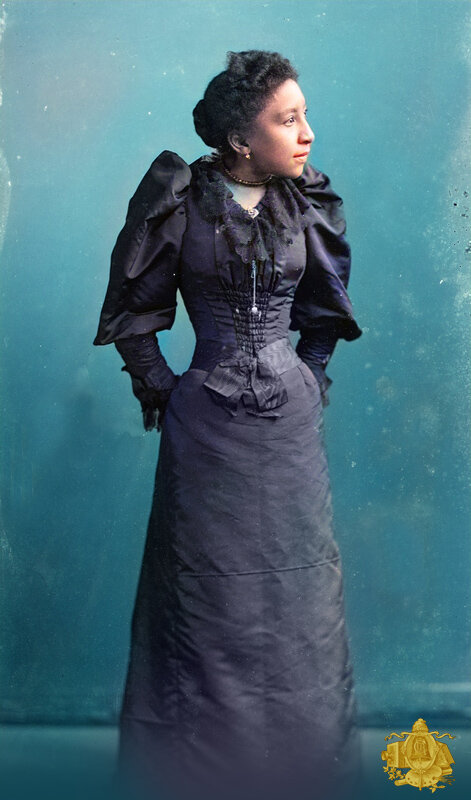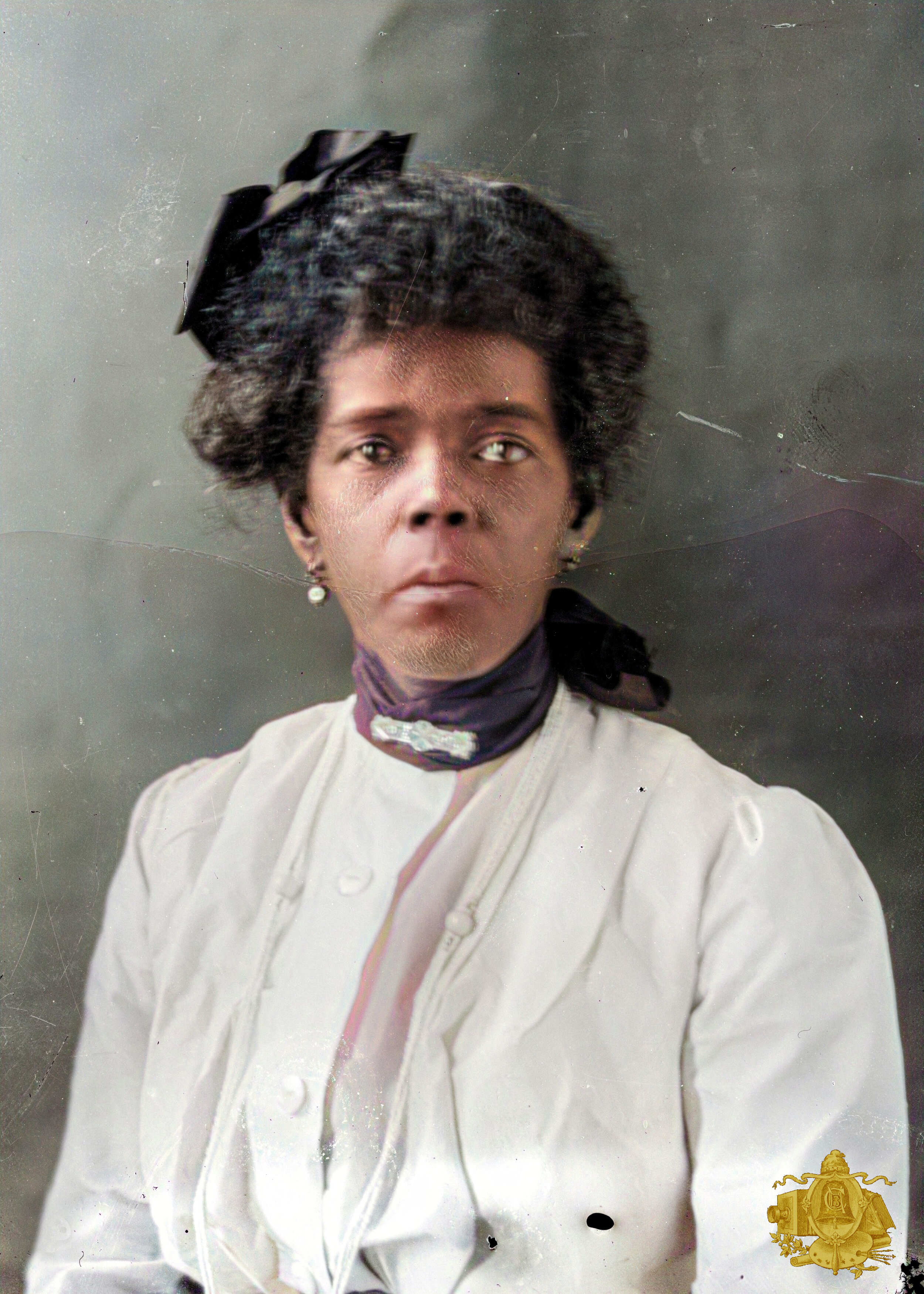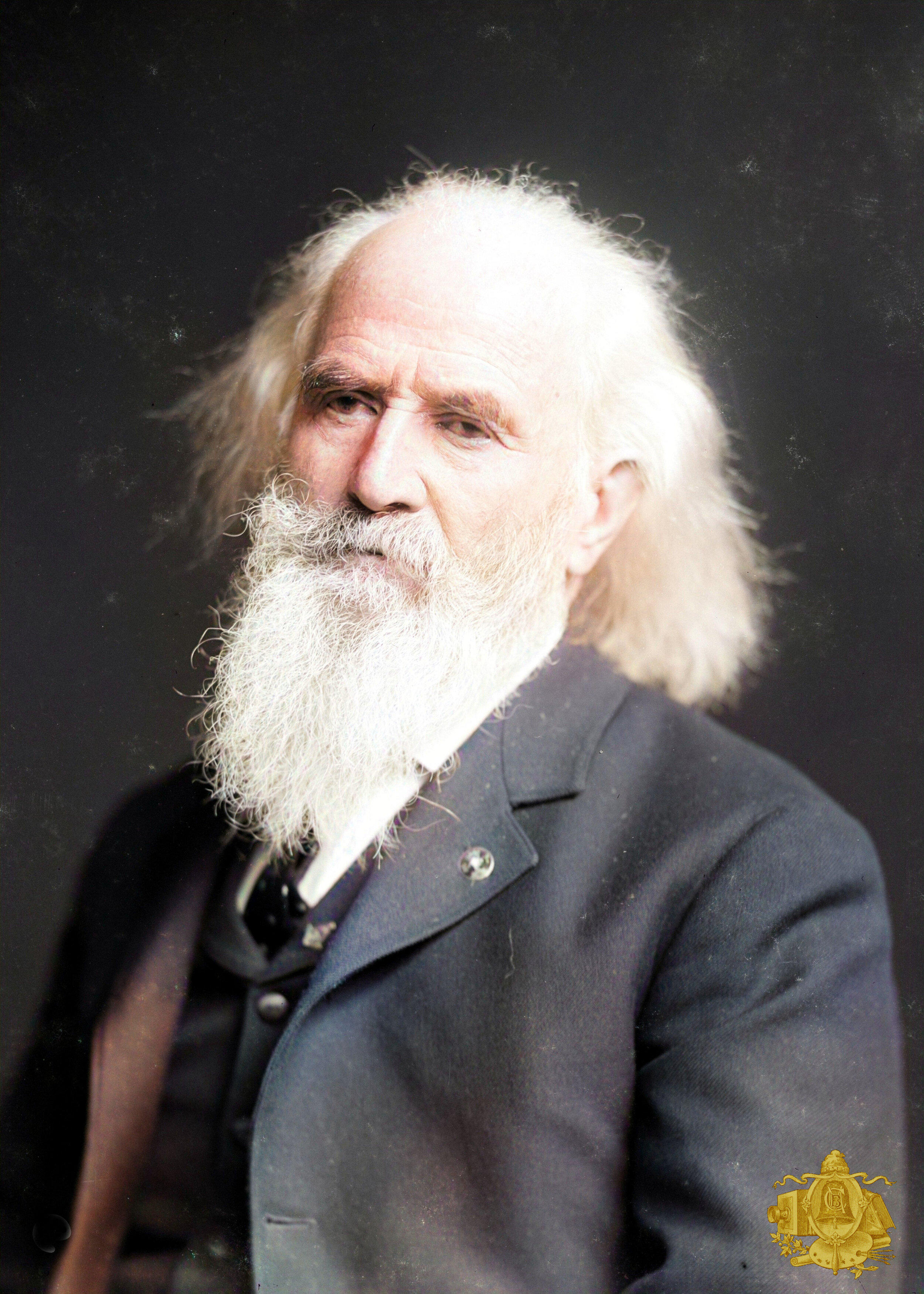
Vivid Remembrances: Colorized Portraits of the Gilded Age
In these transformed images, the past is rekindled in hues of warmth and life, as if a gentle brushstroke of time has bestowed new vibrancy upon cherished memories. Each colorized portrait is a resurrection of history, where the subtle interplay of light and shadow dances with the richness of color to reveal the spirit of an era long cherished.
Every photograph sings a quiet ballad of lives of elegance and resolve—a symphony of whispered tales and unspoken dreams. In each gaze, there is the soft echo of laughter, the lingering touch of hope, and the enduring imprint of a legacy that defies the passage of time.
More than mere recollections, these images serve as poetic journeys into an age when every face held a story and every smile was a testament to the resilient human spirit. The transformative art of colorization breathes new life into these relics, illuminating the Gilded Age's grace, dignity, and quiet passion. They remind us that beauty endures, even as the years gently fade into memory, and that every heart has a tale worth retelling.
JBColourisation on YouTube
So The Library of Congress has quite a substantial collection of old portraits, sadly many of them list the sitter as unidentified. In this case however that is not the case, although all we have is simply ‘Brett (woman)’ . The C. M. Bell Studio, who were responsible for taking this photograph, specialised in capturing portraits of the nobility and celebrities of the day. If anyone can tell me more about who this young lady might possibly be, I would be very interested to find out more! https://www.loc.gov/resource/bellcm.1...
What attracted me to this picture personally was the dual attempts at this portrait, particularly since the exposure is slightly adjusted between them. I’ve always been very interested in the photographs which are abandoned in favour of others from the same session. William Klein’s filmstrips are a brilliant example of this but it’s far less common to see examples from the earlier, glass negative days. I assume this is primarily due to glass plate negatives being frequently cleaned and reused.
Thomas Nast
Mercer Washington, colorized by Mario Unger
Miss Moore
Miss Coxey
Miss H.L. Franklin
Miss Allie Danish
Captain Gessford
Charles M. Bell, Jr., colorized by Mario Unger
Mrs. Feldman
Mrs. Flagg
Bessie Davis
Justice McKenna
Red Cloud Card
Thomas Nast
Miss Gaines
The Bliss Children
The Colley Girls
Miss Gaines
Mrs. Crozier
Mme. Medzava.
Bishop Grant
Chief Justice Fuller
Miss Johnson
John Hay
President U.S. Grant
E.H. Hunter Group
Dr. Mary Walker
Sergeant E. Hawkins
R. C. VanWhit
George Deerhorn
Helen Keller
Clara Barton
Unidentified
Boyd Girls
Cowles Combs
Miss Coxey
Horen Child
Miss Jackson
Helen Keller & Anne Sullivan
Miss Mink
Miss. T.C. Campbell
Mrs. Harriett Flagg
Peelatchixaaliash
Rev. T. McLain
Miss Roper
Nonie Spencer
'TR' - Assistant Sec. of Navy
Unidentified
Mrs. W.F. Vinal
Miss Whelan
Mr. Woodward

